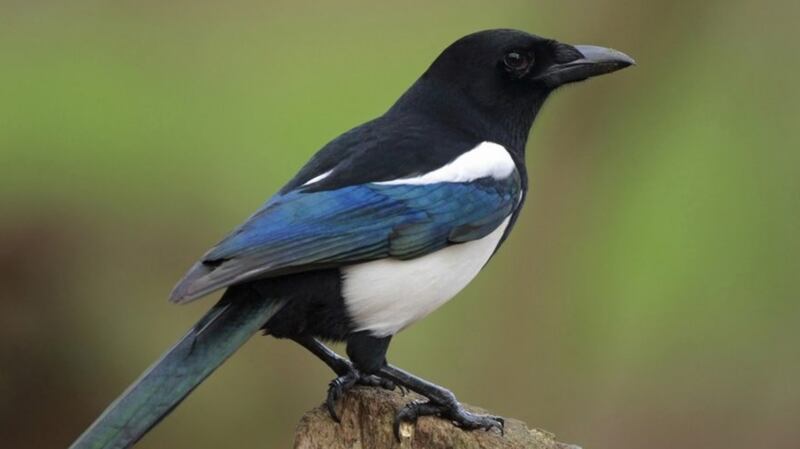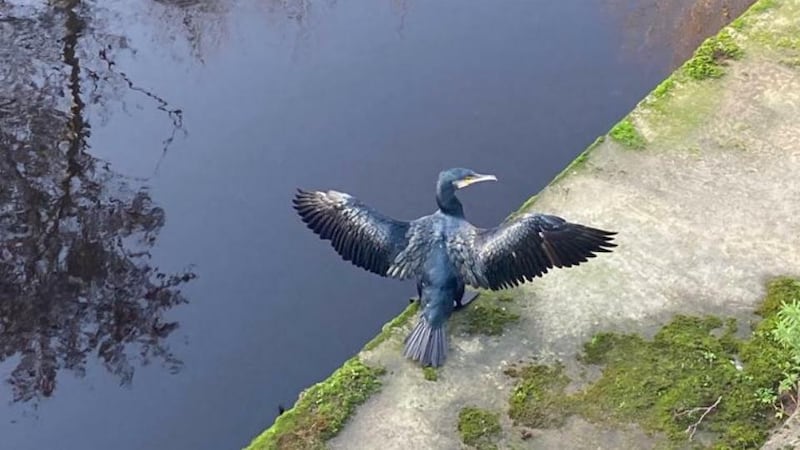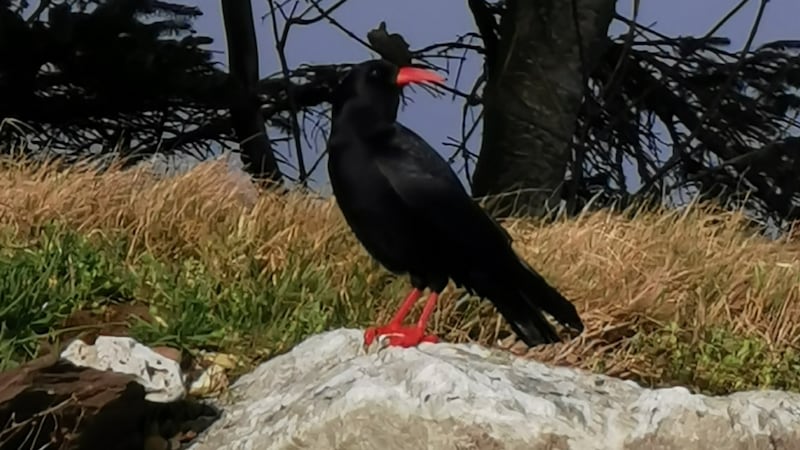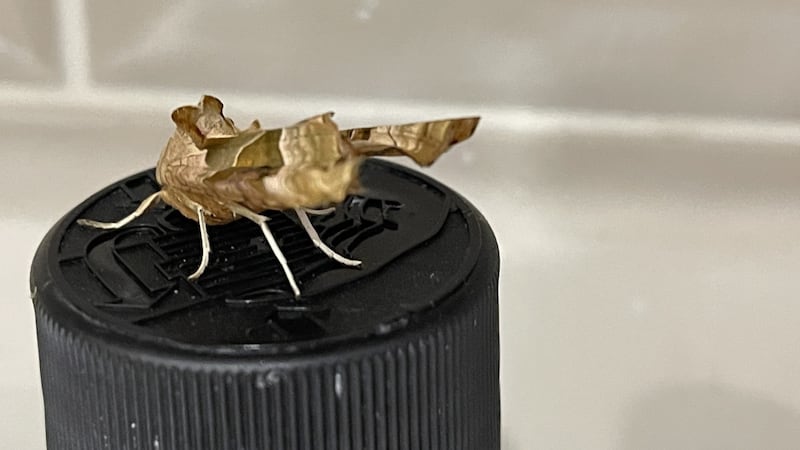At Donore, Multyfarnham, near Lough Derravarragh, is a row of trees, all with a "belly" of twigs. What causes these dense growths around the girdle of the trees?
Anke von Bunau
This is a type of growth called epicormic growth, which typically occurs on lime trees. Severe pruning of the crown stimulates this growth in the buds around the centre of the tree.

Are rats afraid of magpies? I have magpies who visit my garden, where I feed them because I feel they may be a deterrent to rats, who are probably also around the hedges.
Mary Silke
Magpies certainly harass cats and foxes and, indeed, will kill mice. Rats will only visit your garden if there is food there for them, so maybe leaving out food for magpies might well lure them in. Rats are nocturnal and magpies roost at night, so they will have their eye off the ball then.

Walking the river, we saw this bird still as statue, drying wings in sunshine.
Leo John Tempany (5)
It does look like that right enough. The feathers of cormorants, as opposed to other water birds, can become waterlogged. This wing-spreading together with preening gets rid of surplus water. It may help with food digestion as well.

Saw three of these beautiful birds on Clonea beach.
Ann Mangan
This is a chough, a member of the crow family – aptly called cág cosdearg in Irish. They occur along the coast from Donegal to Wexford, and Ireland is a European stronghold. They forage for insect larvae on grassland, in particular on machair grassland behind sand dunes in Galway, Mayo and Donegal.

What is this? It was found in the bathroom here in Tralee on December 20th?
Miriam McGillycuddy
It looks like a poplar hawkmoth, but it should have been long gone to its eternal reward by then. It overwinters as a pupa.
Have you a nature query, observation or photo you would like to share with The Irish Times? Submit it, with location of the image, via our website www.irishtimes.com/eyeonnature


















